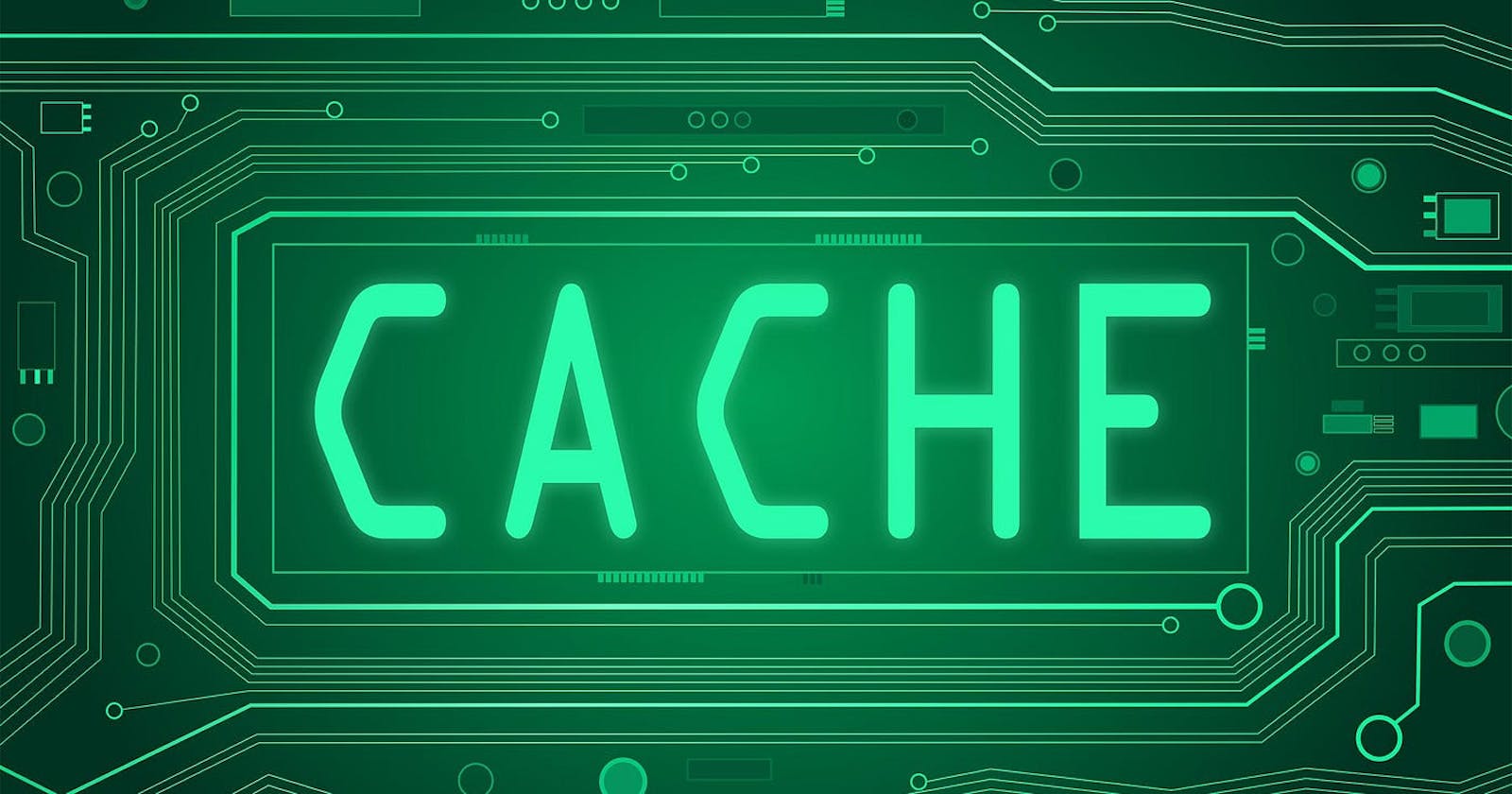Common Cache Problems and Solutions
Caching is a powerful technique used in software development to improve performance by storing frequently accessed data in temporary storage. While caching can significantly enhance system efficiency, it can also introduce various challenges and pitfalls if not implemented correctly. In this article, we'll explore some common cache problems and provide solutions to mitigate them.
1. Cache Invalidation Issues
One of the most common problems with caching is ensuring that cached data remains valid and up-to-date. When the underlying data changes, cached values may become stale, leading to inconsistencies and incorrect results.
Solution: Implement a robust cache invalidation strategy. Use techniques such as time-based expiration, event-driven invalidation, or manual invalidation to ensure that cached data is refreshed when it becomes outdated. Additionally, consider implementing versioning or tagging mechanisms to associate cached items with their corresponding data sources, allowing for targeted invalidation.
2. Cache Poisoning
Cache poisoning occurs when malicious or incorrect data is cached and subsequently served to users, leading to security vulnerabilities or incorrect application behavior.
Solution: Apply strict input validation and sanitization to prevent malicious data from being cached. Use cryptographic hashing or checksums to verify the integrity of cached items and detect tampering. Additionally, consider implementing content verification mechanisms such as checksum validation or digital signatures to ensure the authenticity of cached content.
3. Cache Stampede
A cache stampede, also known as a cache thrash, occurs when multiple requests simultaneously invalidate or expire cached items, leading to a sudden surge in backend requests and system overload.
Solution: Implement cache warming techniques to pre-load or refresh cache entries before they expire. Use exponential backoff strategies or randomized delays to stagger cache refresh operations and distribute the load evenly across the system. Additionally, consider implementing distributed caching solutions or partitioning cache storage to reduce the impact of stampede events.
4. Memory Overhead
Caching large amounts of data can consume significant memory resources, leading to increased memory overhead and potential performance degradation.
Solution: Optimize cache usage by storing only essential data and evicting least-recently-used (LRU) items when memory limits are reached. Consider using compressed or serialized representations of cached items to reduce memory footprint. Additionally, periodically monitor cache usage and adjust cache size or eviction policies dynamically based on system resource availability.
5. Cache Consistency
Maintaining cache consistency across distributed or replicated cache nodes can be challenging, especially in complex distributed systems with eventual consistency guarantees.
Solution: Use distributed cache coherence protocols such as cache invalidation or cache validation to synchronize cached data across multiple nodes. Implement versioning or vector clocks to track the state of cached items and resolve conflicts or inconsistencies. Additionally, consider using distributed consensus algorithms or quorum-based approaches to ensure consistency and integrity of cached data.
Conclusion
While caching can significantly improve system performance and scalability, it also introduces various challenges and pitfalls that must be addressed to ensure optimal operation. By understanding common cache problems and implementing appropriate solutions, developers can build robust and reliable caching solutions that enhance application performance while minimizing risks and vulnerabilities.
